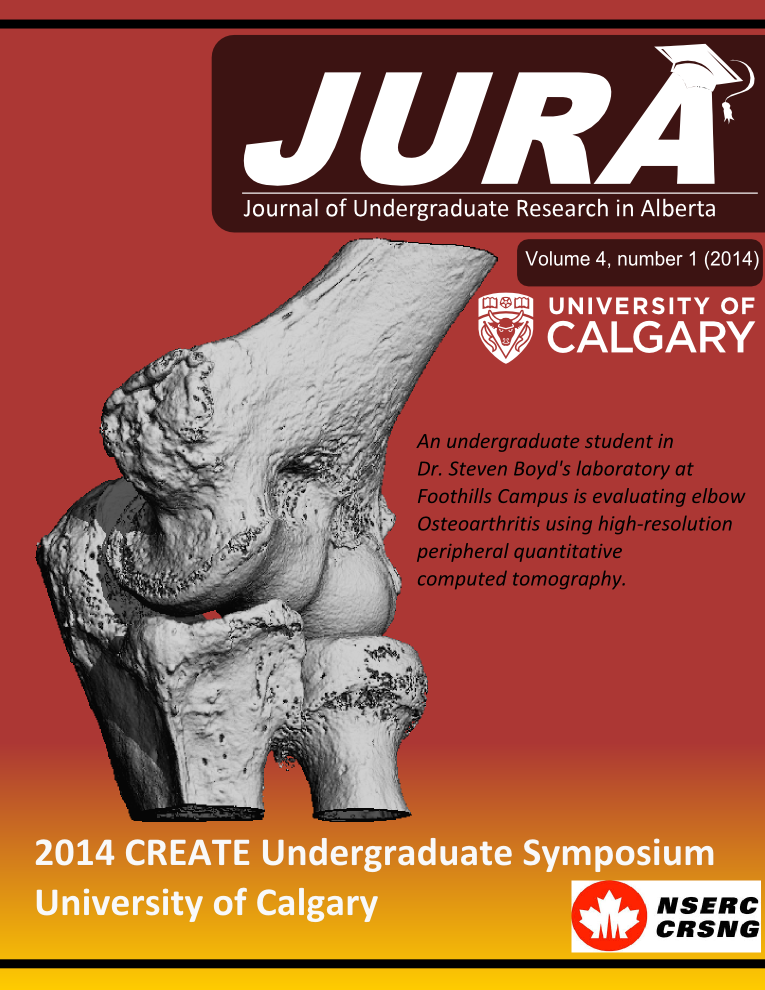METABOLISM OF SKIN DERIVED PRECURSOR (SKP) CELLS IN STIRRED SUSPENSION BIOREACTORS
Abstract
INTRODUCTION
More than six million people suffer from burn injuries every year. These injuries can result in psychological trauma, disabilities and permanent disfigurement. A common treatment for burn victims is an autologous graft surgery in which skin is transplanted from a healthy part of the body to the injury site (i.e. split thickness skin graft). This graft, however, does not contain functional dermal tissue, hair follicles or glands, often causing graft contraction, chronic irritation, and unnatural in appearance. We have hypothesized that skin-derived precursor (SKP) cells, a multipotent dermal stem cell that resides within skin hair follicles, can be utilized in conjunction with split thickness skin grafts to improve their function and minimize irritation. SKPs have a high proliferative potential and need to be expanded in a well-controlled, standardized culture environment before they can be utilized in clinical treatments [1]. It is essential to optimize the expansion of SKP cells in order to generate a bioprocess capable of producing enough cells for a clinical setting.
METHODS
-qNUTR = ∆[NUTR]/Int(Xv)dt
The specific uptake and production rates were calculated for cells cultured in static T-Flask environments and stirred suspension bioreactors run at 40, 60, 80, and 100 rpm. Equation 1 was used to calculate specific rates (qNUTR). The integral change in viable cells (Int(Xv)dt) was calculated using a numerical trapezoid approximation, and the change in nutrient concentration (∆[NUTR]) was measured using the Nova Bioprofile 100+ analyzer. SKP cells were taken from a 68 year old female.
RESULTS
The specific uptake rates of glucose and glutamine and specific production rates of lactate and ammonia have been determined under altered cell culture environments for SKP cells (Figure1). This provides details into nutrient limitations and cell metabolic behaviours needed to access parameters to guide our bioprocess design and development of robust expansion protocols.
DISCUSSION AND CONCLUSIONS
Low levels of oxygen and nutrients result in significant changes to cell growth rates [2]. We were able to conclude that SKP cell growth is not limited by the glucose or glutamine concentrations in the media, and lactate and ammonia do not reach toxic levels. It is interesting to note that the stirred suspension environment does appear to have an effect on the specific consumption rates of glucose and glutamine. According to these initial results, we are predicting that under shear stress environments, SKP cells are changing their metabolic behaviour to allow more glucose to convert to pyruvate and enter the TCA cycle. The specific production rates of lactate and ammonia, however, do not follow the same patterns. Further validation and reasons behind these differences need to be investigated.
Downloads
References
2. van Winkle AP, Gates ID, Kallos MS, “Mass Transfer Limitations in Embryoid Bodies during Human Embryonic Stem Cell Differentiation” Cells Tissues Organs 196(1): 34-37 (2012)
Downloads
Published
Issue
Section
License
Authors retain all rights to their research work. Articles may be submitted to and accepted in other journals subsequent to publishing in JURA. Our only condition is that articles cannot be used in another undergraduate journal. Authors must be aware, however, that professional journals may refuse articles submitted or accepted elsewhere—JURA included.


